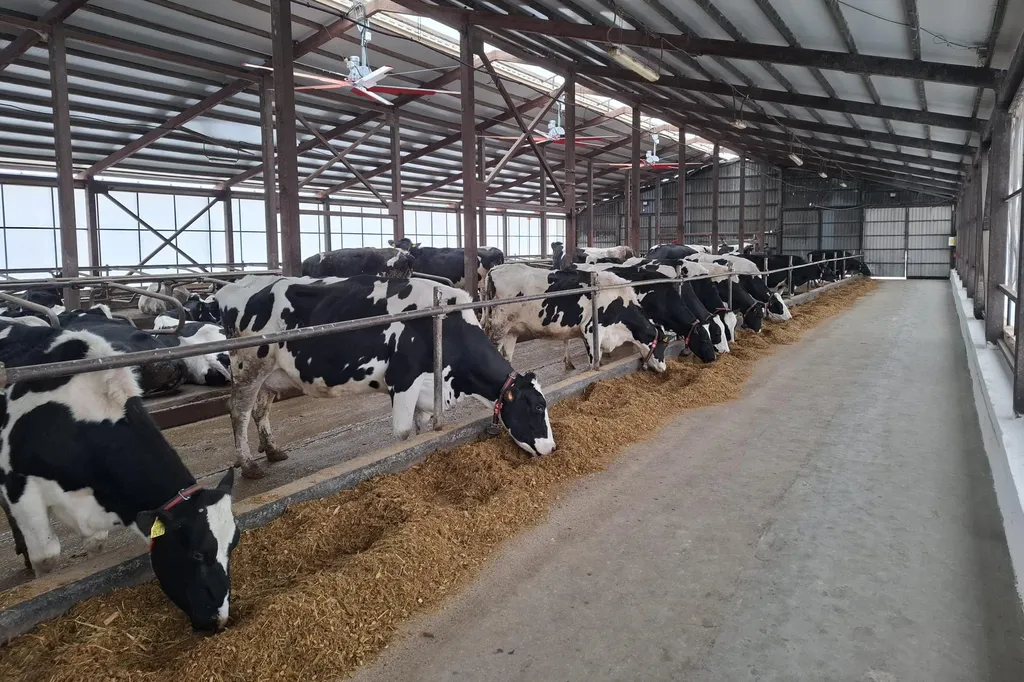In the rolling hills of Moldova, a quiet revolution is taking place, one that could reshape the future of dairy farming and offer significant commercial impacts for the energy sector. Researchers at the Scientific-Practical Institute of Biotechnology in Zootechnics and Veterinary Medicine in Maximovka village have been delving into the world of sheep breeding, and their findings, published in the journal ‘Животновъдни науки’ (which translates to ‘Animal Science’), are nothing short of intriguing.
At the heart of this research is Petr Lutskanov, who, along with his team, has been studying the growth and development of lambs from the Tsigay breed and their crosses with the Assaf dairy sheep. The goal? To understand how these crossbreeds perform in terms of milk productivity and lamb growth, and to explore the potential commercial benefits.
The results are promising. The team found that the F2 crossbreeds (Tsigay 25% and Assaf 75%) had the highest milk productivity, producing 268.38 kg of milk over 208 days of lactation. This is a significant increase compared to the purebred Tsigay ewes, which produced only 141.72 kg over 198 days. “The difference is statistically significant,” Lutskanov notes, “and it opens up exciting possibilities for dairy farmers.”
But it’s not just about the quantity of milk. The quality is important too. The F2 crossbreeds also had higher fat, protein, and fat + protein content in their milk. This could be a game-changer for the dairy industry, as these components are crucial for the production of cheese, yogurt, and other dairy products.
So, what does this mean for the future? Lutskanov believes that these findings could pave the way for more efficient and productive dairy farming. “By carefully selecting and breeding sheep, we can improve milk productivity and quality,” he explains. “This could lead to increased profits for farmers and a more sustainable dairy industry.”
But the benefits don’t stop at the farm gate. The energy sector could also reap the rewards. The dairy industry is a significant consumer of energy, from the milking process to the refrigeration and transportation of products. By increasing milk productivity, farmers could reduce their energy consumption per liter of milk produced, leading to a more energy-efficient industry.
Moreover, the higher fat and protein content in the milk of these crossbreeds could lead to the production of more valuable dairy products, further boosting the industry’s economic impact.
This research is a testament to the power of scientific inquiry and its potential to drive innovation and progress. As Lutskanov and his team continue to unravel the complexities of sheep breeding, they are not just shaping the future of dairy farming, but also contributing to a more sustainable and energy-efficient world.
In the words of Lutskanov, “This is just the beginning. There’s still so much to learn and discover. But one thing is clear: the future of dairy farming is bright, and it’s being shaped right here in Moldova.”

